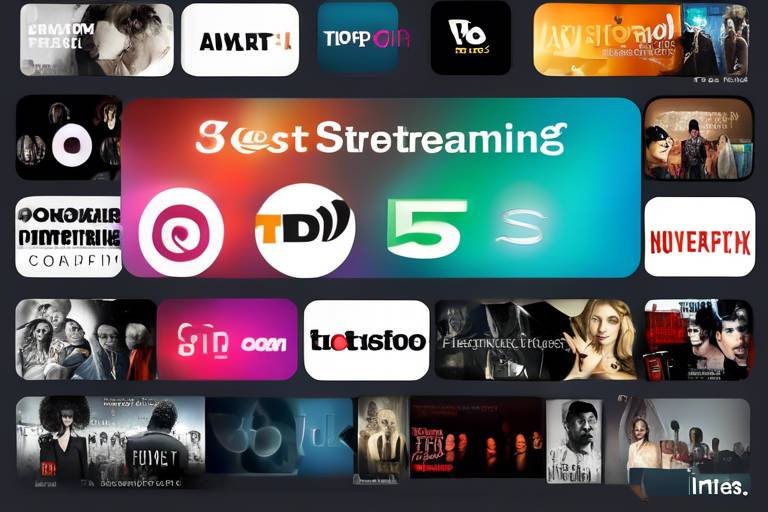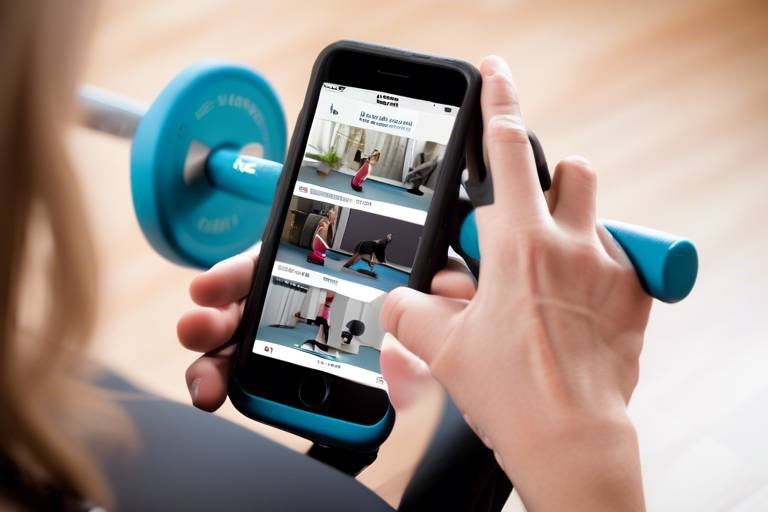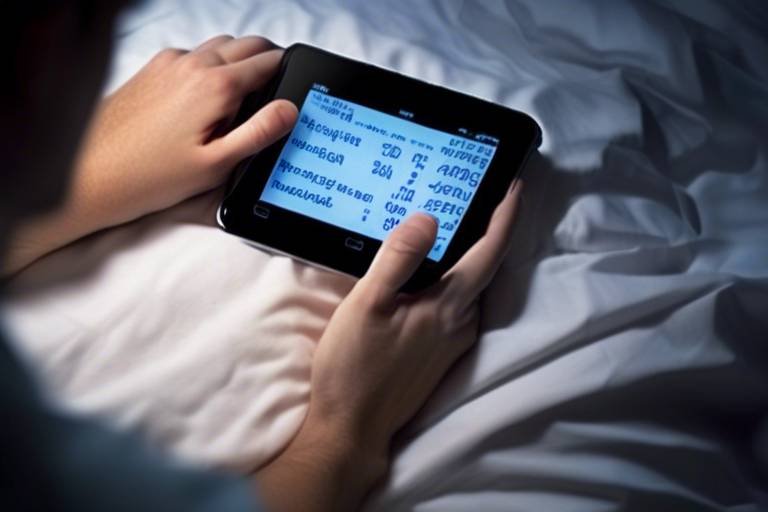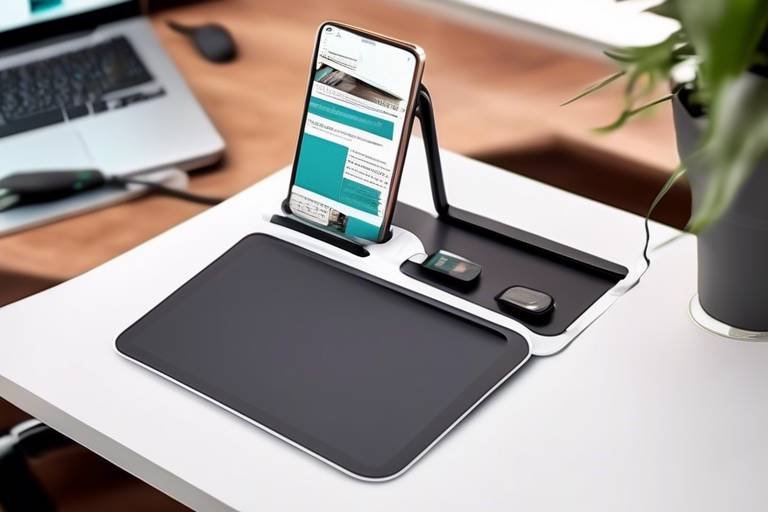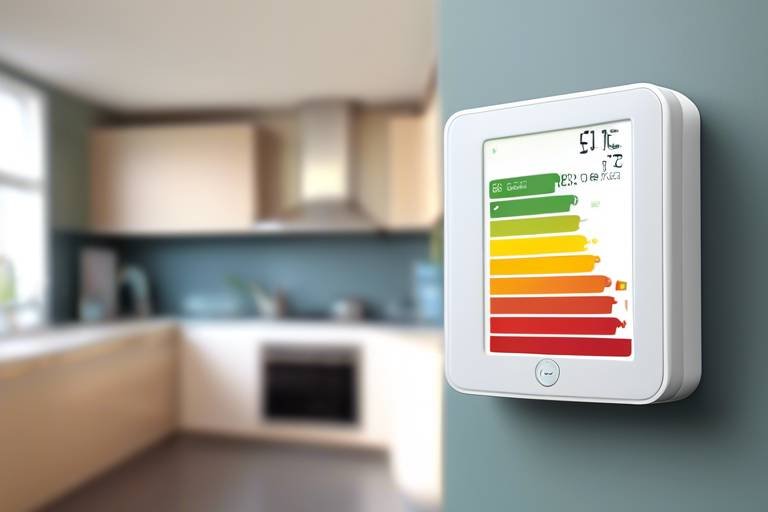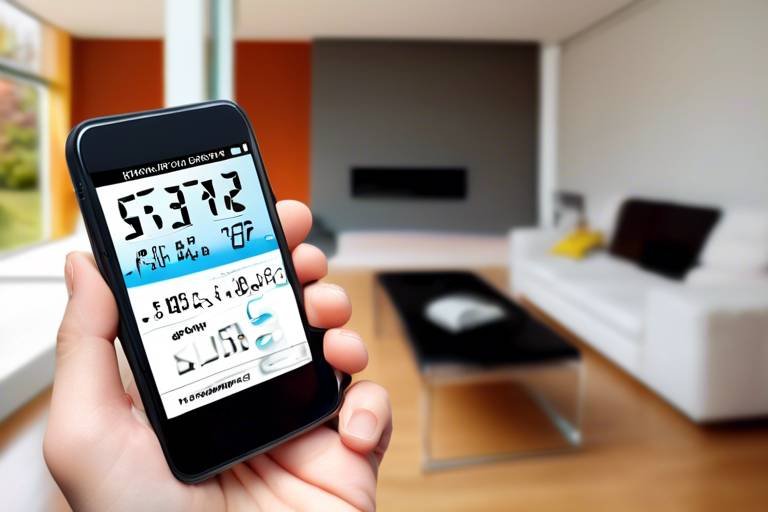How to Use Smart Tech to Make Your Home More Accessible
Smart home technology has revolutionized the way we interact with our living spaces, offering innovative solutions to make homes more accessible for individuals with disabilities. By incorporating smart devices and systems, you can create a welcoming and inclusive environment that caters to diverse needs and enhances overall quality of life.
One of the key areas where smart technology can significantly improve accessibility is through smart lighting systems. These systems allow for adjustable lighting that can be controlled by voice commands or motion sensors. For individuals with mobility challenges or visual impairments, this feature can greatly enhance visibility and navigation within the home, creating a safer and more comfortable living environment.
When it comes to smart security features, the benefits extend beyond just safety. Remote monitoring, smart locks, and video doorbells offer convenience and peace of mind, particularly for individuals with physical disabilities or limited mobility. These features not only enhance security but also promote independence and autonomy in daily activities.
Another essential aspect of a smart home is smart thermostats and climate control. These systems provide automated temperature settings and voice-controlled HVAC systems, offering comfort and energy efficiency. This is especially beneficial for individuals with temperature sensitivity or mobility limitations, ensuring a pleasant and accessible living environment year-round.
Virtual assistants like Amazon Alexa or Google Assistant are invaluable tools for individuals with disabilities. These voice-activated assistants can help manage daily tasks, set reminders, and control smart devices hands-free. By offering a hands-free solution, these assistants promote independence and support individuals with various disabilities in their daily routines.
Smart appliances and kitchen gadgets play a crucial role in promoting accessibility in the kitchen. From smart refrigerators to voice-controlled cooking devices, these technologies are designed to assist individuals with dexterity issues or cognitive impairments, making meal preparation and cooking more manageable and enjoyable.
Specialized smart home accessibility apps are tailored to assist individuals with disabilities in navigating their environment, communicating effectively, and staying organized. These apps empower users to control their surroundings and routines more efficiently, enhancing independence and quality of life.
In the bathroom, smart solutions like motion-activated faucets, smart showers, and bidets are designed to enhance independence and safety for individuals with mobility challenges or aging-related issues. These features not only promote accessibility but also contribute to a more comfortable and secure bathroom experience.
Integrated smart home monitoring systems with sensors and alarms can detect emergencies, monitor health conditions, and provide alerts to caregivers or emergency services. By ensuring a secure living environment, these systems offer peace of mind and support for individuals with disabilities.
Customizable smart home interfaces allow users to personalize their smart home experience according to their specific needs, preferences, and abilities. By tailoring settings and interfaces, individuals can create a living space that fosters greater independence, comfort, and overall well-being.

Smart Lighting Systems
Smart lighting systems are revolutionizing the way we illuminate our homes, offering a level of convenience and accessibility that was once unimaginable. Imagine walking into a room and simply saying, "Turn on the lights," without having to fumble for a switch. These systems are not just about convenience; they can significantly improve the quality of life for individuals with disabilities. For those with mobility challenges or visual impairments, adjustable lighting controlled by voice commands or motion sensors can make a world of difference. By providing customizable lighting options that can be easily adjusted to suit specific needs, smart lighting systems enhance visibility and navigation within the home.
Moreover, smart lighting systems can create a safer and more comfortable environment for individuals with disabilities. By incorporating features such as automatic dimming based on natural light levels or motion detection, these systems can help prevent accidents and promote independence. Imagine having lights that automatically turn on when you enter a room or gradually brighten in the morning to simulate sunrise. These functionalities not only enhance accessibility but also contribute to a more pleasant and welcoming living space.
One of the key advantages of smart lighting systems is their ability to be integrated with other smart devices and systems in the home. This interconnectedness allows for seamless automation and control, making it easier for individuals with disabilities to manage their environment. For example, lights can be synchronized with smart thermostats to create optimal lighting and temperature conditions or linked to security systems for enhanced safety measures. The versatility and adaptability of smart lighting systems make them a valuable asset in creating a more accessible and inclusive home environment.

Smart Security Features
Smart security features play a crucial role in enhancing safety and convenience within a smart home environment. With advancements in technology, individuals with physical disabilities or limited mobility can benefit greatly from these innovative solutions. Remote monitoring systems allow for real-time surveillance of the home, providing peace of mind and security for occupants. Smart locks offer keyless entry options, eliminating the need for physical keys and making access easier for those with mobility challenges.
Video doorbells equipped with cameras and two-way audio enable residents to see and communicate with visitors from anywhere, enhancing security and communication. These features are particularly beneficial for individuals with disabilities who may find it difficult to physically approach the door or interact with strangers. By integrating smart security devices, individuals can control access to their homes and monitor activities effortlessly, promoting a sense of independence and safety.

Smart Thermostats and Climate Control
Smart thermostats and climate control systems are revolutionizing the way we manage temperature settings in our homes. These innovative devices offer a seamless blend of comfort, convenience, and energy efficiency, making them a valuable addition to any smart home setup.
Imagine being able to adjust the temperature of your living space with a simple voice command or through a user-friendly mobile app. Smart thermostats like Nest Learning Thermostat or ecobee not only allow for remote temperature control but also learn your heating and cooling preferences over time, optimizing energy usage and reducing utility costs.
Moreover, these smart devices can be integrated with other components of your home automation system, creating a cohesive environment where lighting, security, and climate control work in harmony. By syncing your thermostat with smart lighting systems, you can create customized settings that enhance both comfort and accessibility.
For individuals with mobility limitations or sensory sensitivities, the ability to regulate indoor temperatures effortlessly can make a significant difference in their daily lives. Whether it's setting a comfortable temperature without having to physically adjust a thermostat or scheduling temperature changes to accommodate specific needs, smart thermostats offer a level of control and adaptability that traditional systems lack.
Furthermore, climate control extends beyond just heating and cooling. Smart ventilation systems can help maintain air quality by adjusting airflow based on occupancy or outdoor conditions. This feature is particularly beneficial for individuals with respiratory issues or allergies, ensuring a healthier indoor environment.
In essence, smart thermostats and climate control technologies not only provide convenience and energy savings but also contribute to a more accessible and accommodating home environment for individuals with diverse needs and preferences.

Voice-Activated Assistants
Voice-activated assistants, such as Amazon Alexa and Google Assistant, have revolutionized the way individuals interact with their homes. These virtual helpers are not just a convenience but a lifeline for many people with disabilities. Imagine being able to control your lights, adjust the thermostat, or play music with simple voice commands. For those with mobility issues or limited dexterity, voice-activated assistants offer a level of independence that was once unimaginable.
These smart devices can assist individuals in managing their daily routines efficiently. Need a reminder for medication or an appointment? Just ask your voice-activated assistant to set it up for you. Want to know the weather forecast or the latest news? Your virtual assistant has got you covered. By providing hands-free control over various aspects of the home, these assistants empower individuals with disabilities to navigate their lives with greater ease and autonomy.
Moreover, voice-activated assistants serve as a central hub for controlling other smart devices in the home. By integrating different systems and gadgets, users can create a seamless and interconnected environment tailored to their specific needs. Whether it's adjusting the lighting for optimal visibility or locking the doors for enhanced security, these assistants streamline daily tasks and enhance overall accessibility.
For individuals with visual impairments or cognitive disabilities, voice-activated assistants offer a more intuitive and user-friendly interface. By simply speaking commands, users can interact with technology in a natural and effortless manner. This accessibility feature not only simplifies daily interactions but also fosters a sense of empowerment and inclusion within the home environment.
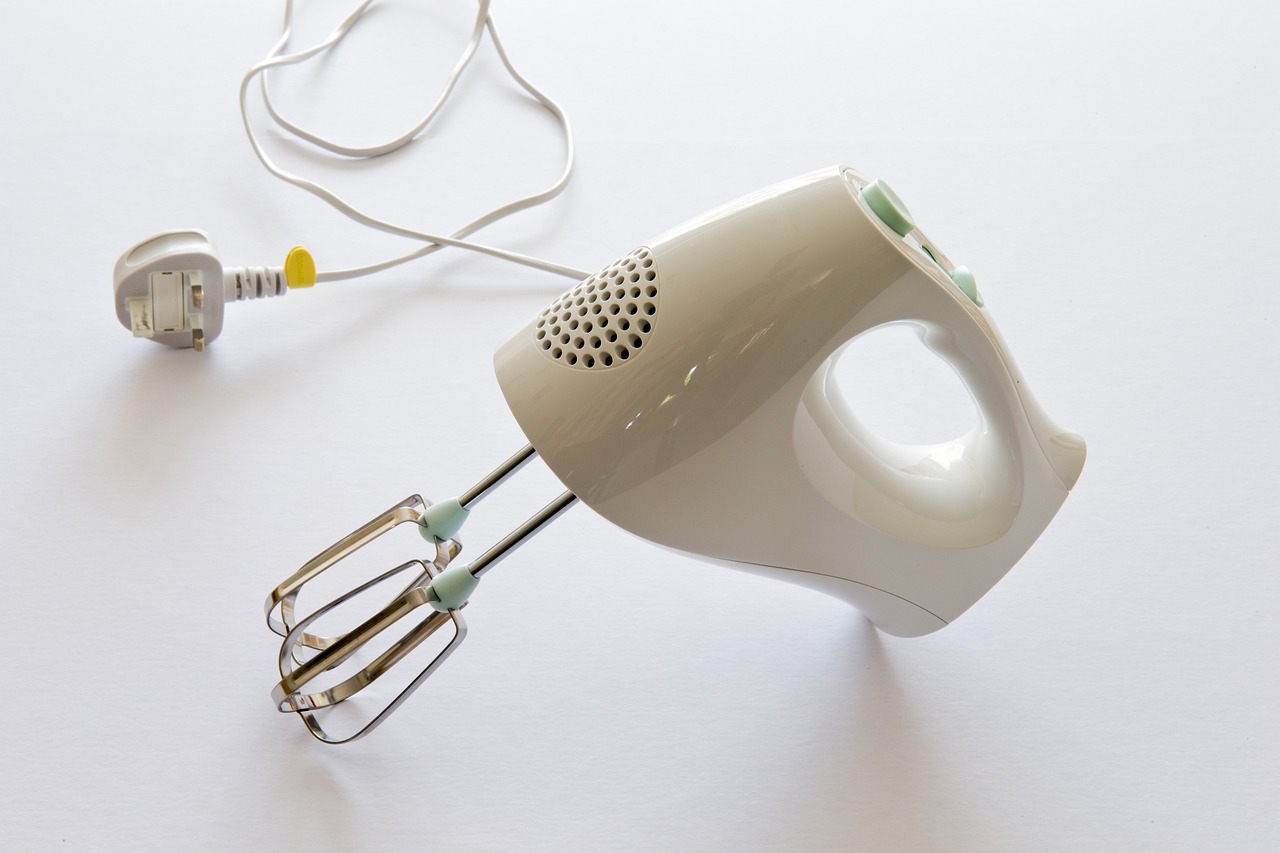
Smart Appliances and Kitchen Gadgets
Smart appliances and kitchen gadgets have revolutionized the way individuals interact with their culinary spaces. Imagine having a refrigerator that notifies you when you're running low on groceries or a stove that can be controlled with a simple voice command. These technologies are not just convenient but also incredibly beneficial for individuals facing dexterity issues or cognitive impairments. By incorporating smart kitchen devices into your home, you can enhance accessibility and independence in the heart of your living space.
One of the standout features of smart kitchen gadgets is their ability to streamline cooking processes. From voice-controlled ovens to smart coffee makers, these appliances cater to individuals who may have difficulty with traditional kitchen tools. Picture being able to prepare a meal with just a verbal instruction, making the cooking experience more manageable and enjoyable for everyone, regardless of their physical capabilities.
Moreover, smart appliances offer a level of automation that simplifies daily routines. For instance, a smart dishwasher can be programmed to run during off-peak energy hours, saving both time and resources. This not only benefits individuals with mobility challenges but also contributes to a more sustainable and eco-friendly lifestyle.
When it comes to accessibility, smart kitchen gadgets can be customized to meet specific needs. Adjustable settings, voice commands, and intuitive interfaces make these devices user-friendly for individuals with varying abilities. Whether it's setting timers, adjusting temperatures, or simply checking the contents of your fridge, smart appliances empower users to navigate their kitchen with ease and efficiency.

Smart Home Accessibility Apps
Smart home accessibility apps play a crucial role in empowering individuals with disabilities to navigate their living spaces more efficiently. These specialized applications are designed to cater to a variety of needs, from communication to organization, ensuring a more inclusive and user-friendly environment.
One notable example is the Be My Eyes app, which connects visually impaired users with sighted volunteers through live video calls, assisting with tasks that require visual assistance. This innovative app breaks down barriers by providing real-time support for daily activities.
Another valuable tool is the TalkBack app for Android devices, offering spoken feedback and navigation assistance for users with visual impairments. By verbalizing on-screen content and providing audio cues, this app enhances accessibility and usability for individuals with low vision.
For those with mobility challenges, Wheelmap is a beneficial app that crowdsources information on wheelchair-accessible locations worldwide. Users can contribute data on the accessibility of various places, helping individuals plan their routes and outings with greater ease and independence.
Moreover, Proloquo2Go is a popular app designed for individuals with speech impairments, offering customizable communication boards and text-to-speech functionality. This app empowers users to express themselves effectively and interact with others, promoting inclusivity and engagement in social settings.
Overall, smart home accessibility apps serve as valuable tools for enhancing independence, communication, and navigation for individuals with disabilities. By leveraging these innovative technologies, users can overcome barriers and create a more accessible and inclusive living environment tailored to their specific needs.
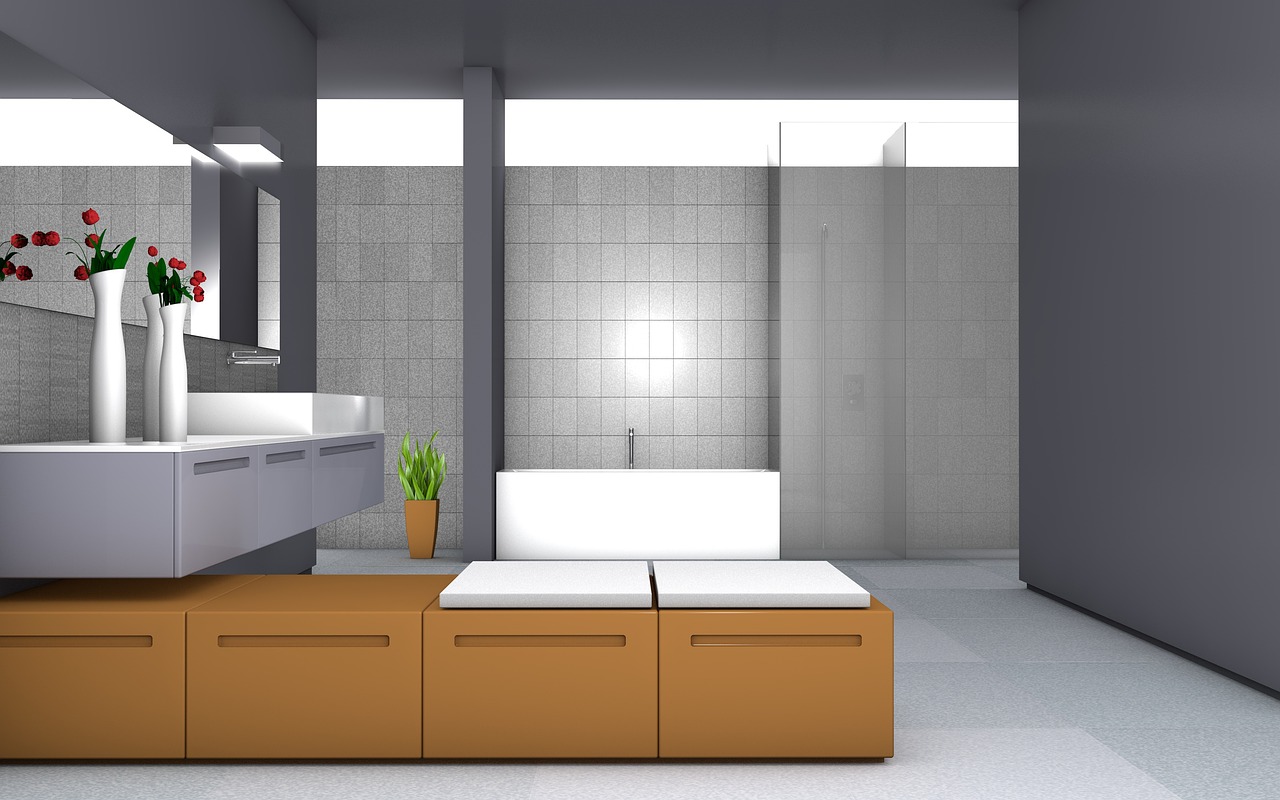
Smart Bathroom Solutions
Smart bathroom solutions encompass a range of innovative technologies designed to enhance independence and safety in this essential space of the home. These solutions cater to individuals with mobility challenges, aging-related issues, or disabilities, offering convenience and comfort.
One key feature of smart bathroom solutions is the integration of motion-activated faucets. These faucets eliminate the need for manual operation, making them ideal for individuals with limited dexterity or mobility. By simply waving a hand under the faucet, users can easily control the flow of water, promoting independence and reducing the risk of accidents.
Another popular smart bathroom solution is the smart shower system. These systems allow users to preset their preferred water temperature and flow settings, ensuring a comfortable and personalized shower experience. Additionally, features like voice control or remote activation provide added convenience for individuals with mobility limitations.
Bidets equipped with smart technology offer enhanced hygiene and independence in the bathroom. With adjustable water temperature, pressure, and positioning, these devices cater to individuals with mobility challenges or certain health conditions. The intuitive controls and customizable settings make bidets a valuable addition to any accessible bathroom.
Overall, smart bathroom solutions play a crucial role in promoting autonomy and safety for individuals with diverse needs. By incorporating these innovative technologies, homeowners can create a bathroom environment that is not only functional but also tailored to specific accessibility requirements.
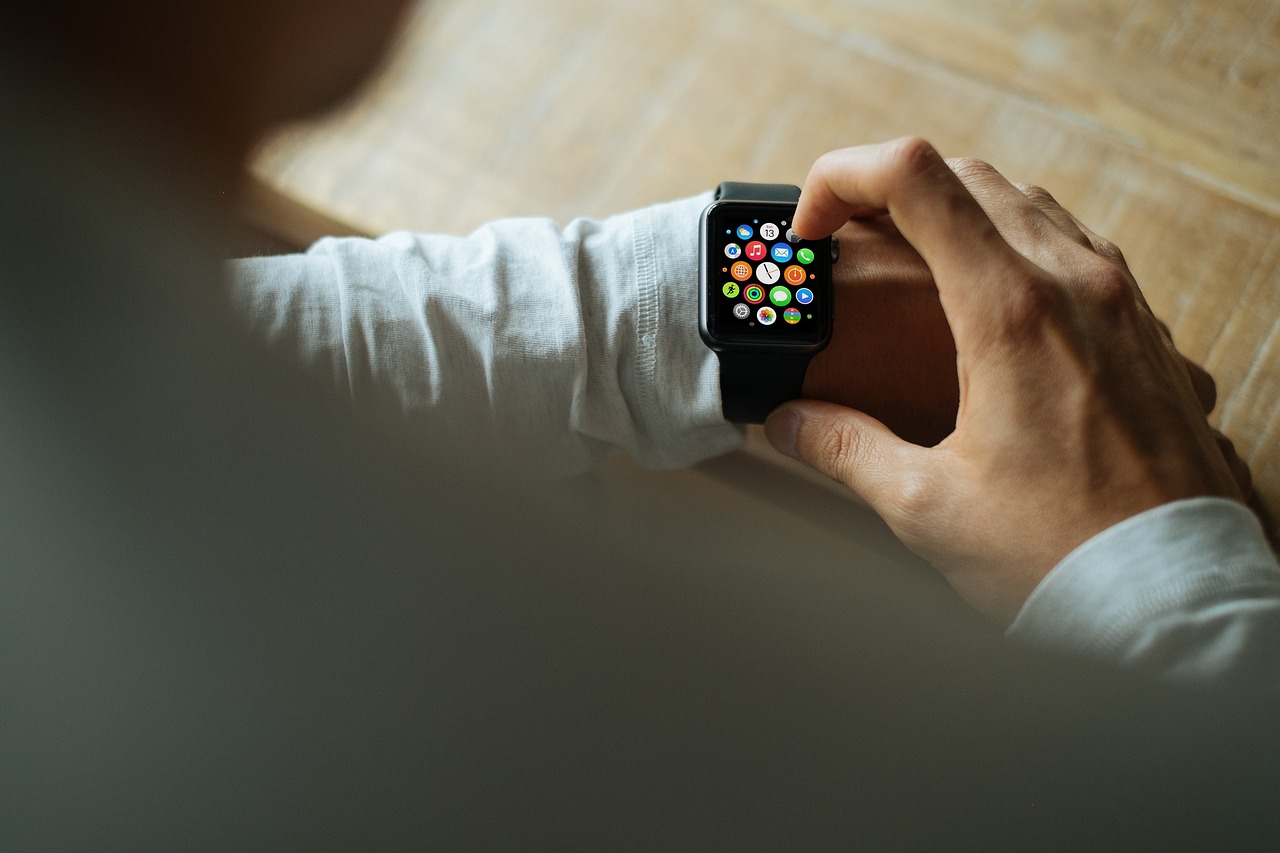
Smart Home Monitoring Systems
Smart Home Monitoring Systems play a crucial role in ensuring the safety and well-being of individuals with disabilities. These systems utilize integrated sensors and alarms to detect emergencies, monitor health conditions, and provide timely alerts to caregivers or emergency services. By constantly monitoring the living environment, smart home monitoring systems offer peace of mind and security to both individuals with disabilities and their families.
Imagine having a system in place that can detect a fall, sudden temperature changes, or even unusual activity when you're not around. Smart home monitoring systems can provide real-time updates and notifications, allowing for quick responses in case of emergencies. These systems act as a silent guardian, offering an extra layer of protection and support for those who may need it most.
Moreover, smart home monitoring systems can be customized to meet specific needs and preferences. Whether it's setting up alerts for medication reminders, monitoring sleep patterns, or tracking daily activities, these systems can be tailored to provide personalized care and assistance. By offering insights into daily routines and health metrics, smart home monitoring systems empower individuals with disabilities to take control of their well-being.
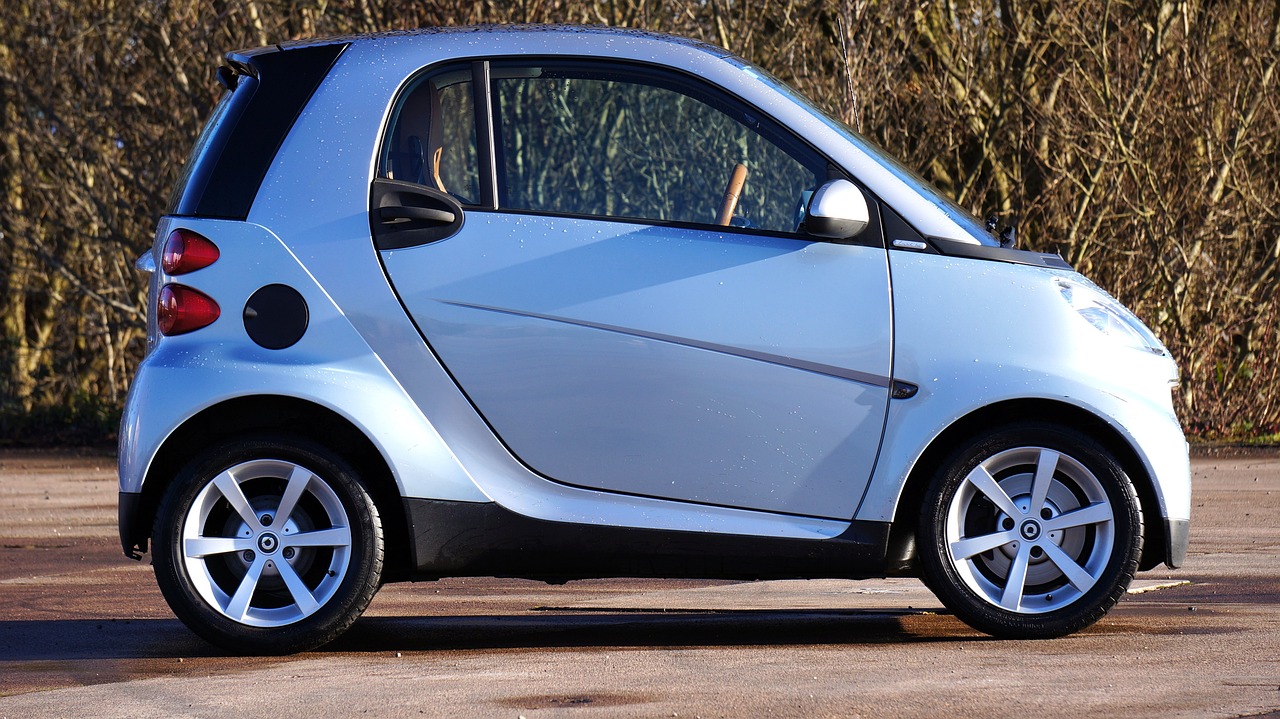
Customizable Smart Home Interfaces
Customizable smart home interfaces offer a tailored experience that caters to the specific needs and preferences of users, enhancing their overall comfort and independence within their living space. By allowing individuals to customize settings and interfaces according to their abilities and requirements, these smart home systems empower users to interact with their environment in a way that suits them best.
Imagine having the ability to adjust the layout of your smart home control panel based on your unique preferences, making it easier to access and operate various devices and features. Customizable interfaces enable users to create a personalized environment that aligns with their daily routines and enhances their quality of life.
Moreover, these interfaces can include features such as voice command customization, color schemes, font sizes, and layout adjustments to accommodate different levels of abilities and preferences. Whether someone prefers a minimalist design with larger icons for easy visibility or a detailed layout with specific controls, customizable smart home interfaces offer flexibility and usability for all users.
Additionally, the ability to set up personalized profiles for different users within a household ensures that each individual can have their own customized experience. This is particularly beneficial for families with members who have varying accessibility needs or preferences, allowing everyone to interact with the smart home system in a way that suits them best.
Frequently Asked Questions
- What are the benefits of using smart lighting systems in a home?
Smart lighting systems offer adjustable lighting that can be controlled through voice commands or motion sensors. This technology enhances visibility and navigation, particularly beneficial for individuals with mobility challenges or visual impairments.
- How can smart security features improve home accessibility?
Smart security features such as remote monitoring, smart locks, and video doorbells provide enhanced safety and convenience. These technologies benefit individuals with physical disabilities or limited mobility by offering increased security and control over their living space.
- What role do voice-activated assistants play in making a home more accessible?
Voice-activated assistants like Amazon Alexa or Google Assistant help individuals manage daily tasks, set reminders, and control smart devices hands-free. This promotes independence and support for various disabilities by enabling easier interaction with the home environment.
- How do smart home monitoring systems contribute to a secure living environment?
Integrated sensors and alarms in smart home monitoring systems can detect emergencies, monitor health conditions, and provide alerts to caregivers or emergency services. This ensures a secure living environment for individuals with disabilities by offering proactive safety measures.







